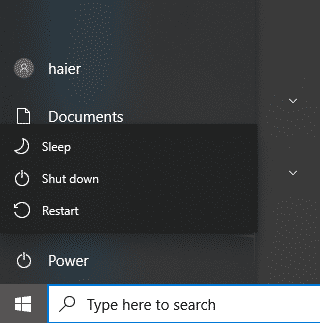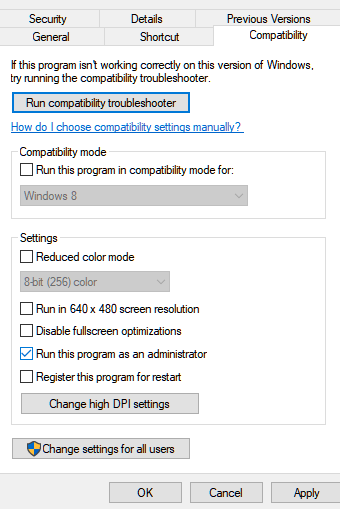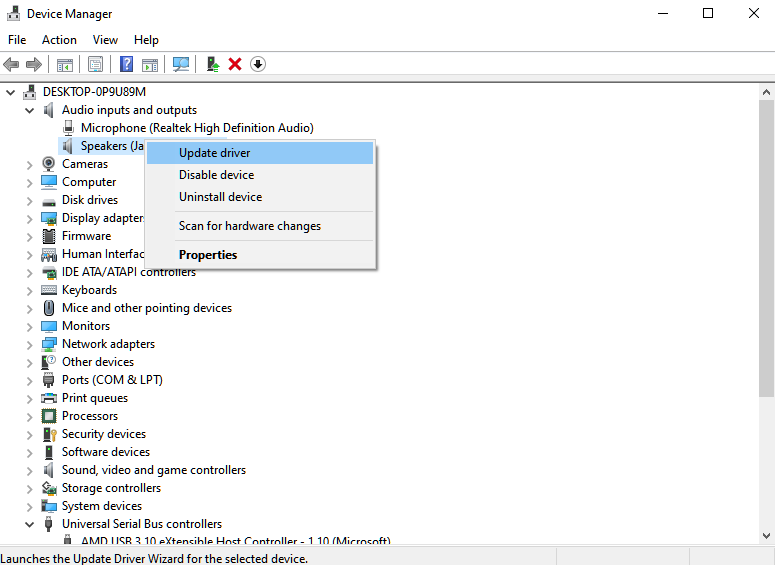Want to know how you can fix sound issues on Microsoft Teams?
Since Microsoft Teams was released, it has been considered one of the fastest-growing apps in the company’s history. Some factor that helped achieve that is the series of lockdowns due to COVID-19.
With employees forced to stay at home, companies rely on services like Microsoft Teams to handle day-to-day tasks.
Microsoft Teams directly compete with Slack and already gained over 200 million users in the last five years. Despite its reach and popularity, this does not save the platform from bugs and glitches.
If you are here, we can assume that you are experiencing sound issues on Microsoft Teams. Luckily, we’ve got you covered.
Today, we will show you how to address sound issues on Microsoft Teams.
Let’s get started!
1. Check For Server Outages.
Before changing anything on your computer, we suggest checking Microsoft Team’s servers first if you encounter sound issues. This way, you can identify where the problem is coming from and plan your approach.
You can head to Microsoft’s status page and see if there are reported problems with Microsoft Teams.

If the servers are down, the best thing you can do is wait or try other platforms in the meantime. Unfortunately, server-related issues can’t be resolved on your end, and changes to your device won’t affect the platform’s status.
2. Restart Your Computer.
Whenever you encounter problems with Microsoft Teams or any other service, we suggest restarting your computer before proceeding with more advanced measures. This way, you can rule out minor issues that could be causing problems on the app.
Here’s what you need to do:
- Access the Start Menu by clicking on the Windows icon on the Taskbar.
- Next, click on the Power Options tab.
- Finally, choose Restart and wait for your system to reboot.

Go back to Microsoft Teams afterward and check if the problem is solved.
3. Run Microsoft Teams As Admin.
You can also try running Microsoft Teams as an administrator to see if the issue is caused by restrictions on your operating system. This should give the software full access to your resources.
Follow the steps below to run Microsoft Teams as an admin:
- Locate Microsoft Teams on your desktop.
- Right-click on it and choose Properties.
- Access the Compatibility tab and enable the ‘Run this Program as an Administrator’ option.

Once done, relaunch the app and see if the audio is now working.
4. Choose the Correct Audio Device.
One of the main reasons for sound issues on Microsoft Teams is if the wrong audio device is selected on the app. If you have multiple devices connected, ensure that the one you are currently using is selected.
Here’s what you need to do:
- First, go to Microsoft Teams and access Settings.
- After that, click on Devices and look for Audio.
- Lastly, make sure that the correct audio device is selected.

Restart the app and check if the problem is solved.
5. Check Your Permissions.
If other users can’t hear anything when joining a call with you, it might have something to do with your microphone permissions. To confirm this, you need to check your system permissions and ensure that Microsoft Teams is allowed to access your microphone.
Check out the steps below to guide you through the process:
- First, go to Windows Settings and access the Privacy tab.
- After that, click on Microphone in the side menu.
- Lastly, enable the ‘Allow Desktop Apps to Acess Your Microphone’ option.

Try joining another call afterward to check if your microphone works.
6. Check Your In-Call Settings.
When entering a call on Microsoft Teams, you should be able to set up your sound devices based on your preference. If you are experiencing audio issues, make sure that everything is set correctly.
First, you should ensure that the ‘Computer Audio’ option is enabled. Besides that, you can also use the custom setup tab to adjust the volume of audio during the call.

With the volume slider, you can freely adjust the audio and mute it whenever necessary.
7. Update Audio Drivers.
If you still encounter sound issues on Microsoft Teams, we suggest updating your audio drivers. Device drivers are a crucial part of Windows. Without it, your devices won’t be able to function correctly.
Here’s how you can update your audio drivers:
- Press the Windows + X keys on your keyboard to open the Device Manager.
- After that, expand the Audio Inputs and Outputs tab.
- Finally, right-click on your device and choose Update Driver.

Restart your system to apply the changes and try joining another call to confirm if the problem is solved.
8. Reinstall Microsoft Teams.
If none of the solutions above worked, the last thing you can do is remove the app from your system and perform a fresh install. This should ensure that you have the latest working version of Microsoft Teams and there are no missing resources on your computer.
Here’s what you need to do:
- On your computer, go to the Control Panel and click on Uninstall a Program.
- Now, locate Microsoft Teams from the list of applications.
- Finally, right-click on the app and choose Uninstall.
Go to Microsoft’s website and download the latest version of the app.
That ends our guide for fixing sound issues on Microsoft Teams. If you have other concerns, leave a comment below, and we’ll do our best to answer them.
If this guide helped you, please share it. 🙂





